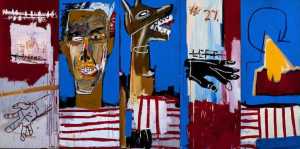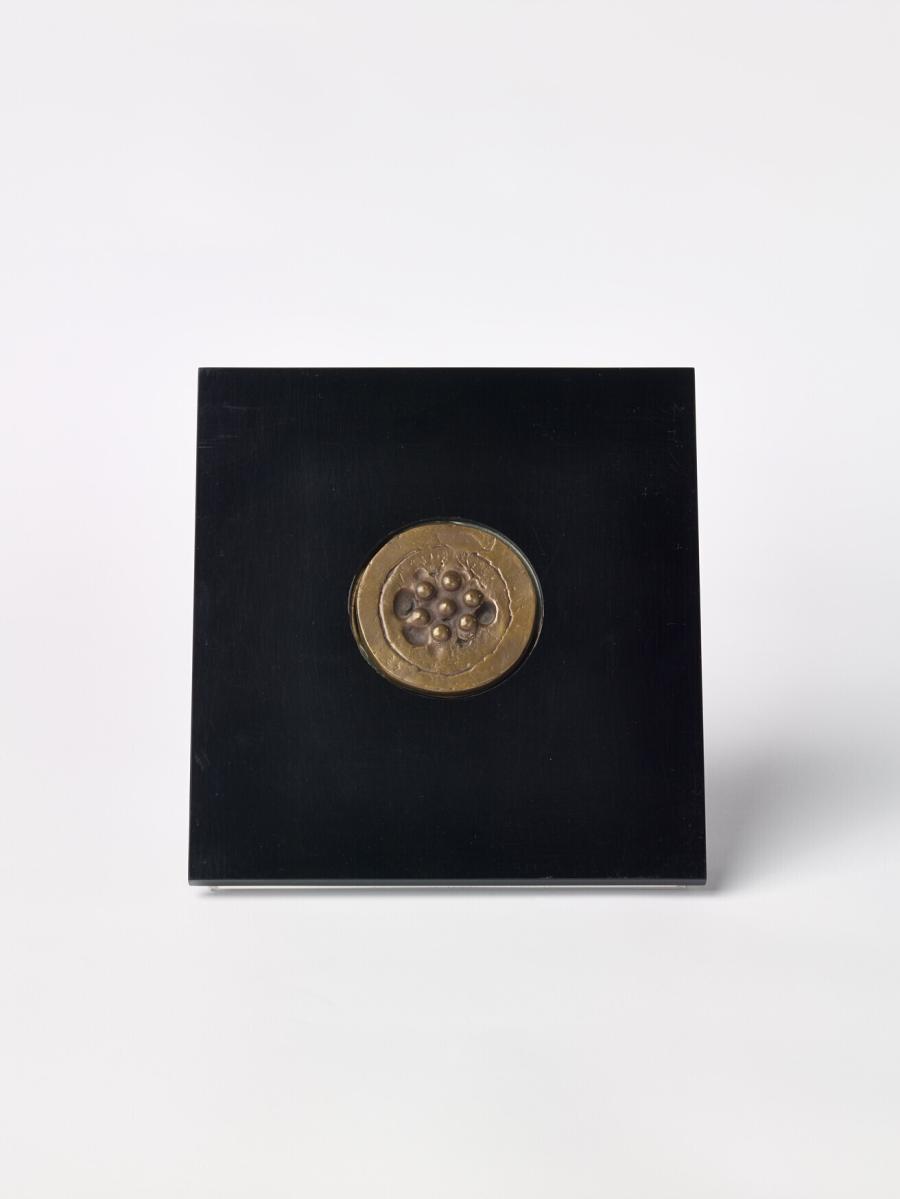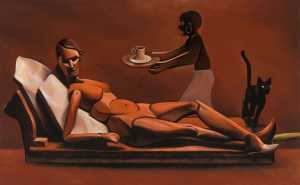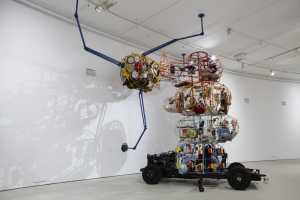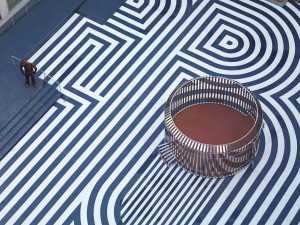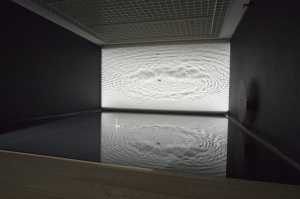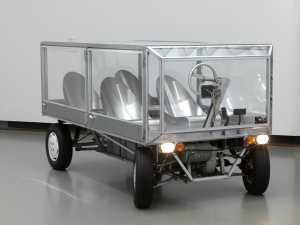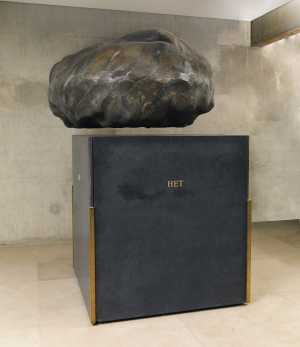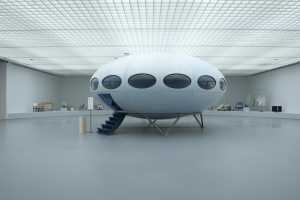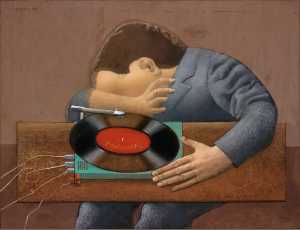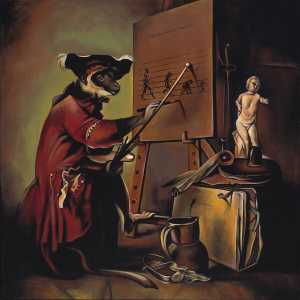Specifications
| Title | Bouche-évier |
|---|---|
| Material and technique | Bronze and perspex |
| Object type |
Sculpture
> Three-dimensional object
> Art object
|
| Location | This object is in storage |
| Dimensions |
Height 16,5 cm Width 17,7 cm Depth 11,6 cm |
|---|---|
| Artists |
Artist:
Marcel Duchamp
|
| Accession number | BEK 1721 (MK) |
| Credits | Purchased with the support of Mondriaan Fund, 2002 |
| Department | Modern Art |
| Acquisition date | 2002 |
| Creation date | in 1964 (gegoten 1967) |
| Provenance | Peter van Beveren, Rotterdam |
| Exhibitions | Rotterdam 2010 |
| Research |
Show research Digitising Contemporary Art Show research A dream collection - Surrealism in Museum Boijmans Van Beuningen |
| Literature | Tomkins 1997, p. 431; Naumann 1999, p. 278, cat. no. 9.36; Schwarz 2000, p. 843, cat. no. 608; Von Berswordt-Wallrabe 2003, pp. 209-11; Marcadé 2007, p. 482 |
| Material | |
| Object |



